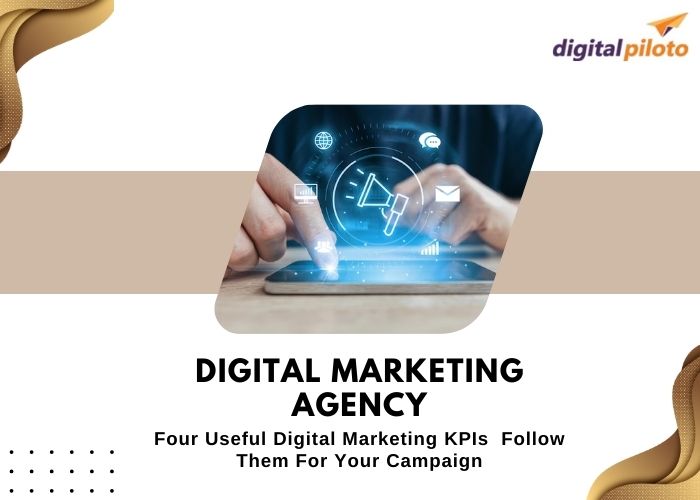Traffic Acquisition Cost (TAC)
Understanding how much it costs to drive traffic to your site is fundamental. High traffic is a goal, but not at any cost. TAC lets you know if your investments in advertising and marketing are yielding the desired results.
Why TAC Matters
TAC sheds light on the efficiency of your marketing tactics. It’s a cost-related metric that can help you optimize your budget by identifying the most cost-effective channels that bring the most traffic. This KPI is calculated by dividing all traffic acquisition costs by the total visitors acquired over a certain period.
How To Improve TAC
To improve your TAC ratio, focus on lowering your cost per click through better keyword targeting, ad copy refinement, and ensuring landing pages are well-optimized for conversions. Also, consider leveraging organic traffic through search engine optimization to reduce reliance on paid traffic.
Case Study: Maximizing TAC Efficiency
A digital marketing company in Kolkata launched a campaign across various platforms. By closely monitoring TAC, they discovered that their Google AdWords campaign was delivering better results than a sponsored social media campaign. They shifted more budget to AdWords, lowering the TAC and increasing overall ROI.
Conversion Rate Optimization (CRO)
CRO is the science of improving your website or landing page to enhance the chances of a visitor becoming a valuable customer. A high number of site visitors is beneficial, but turning those visitors into leads or customers is where the magic happens.
Why CRO Matters
CRO is the difference between an expensive billboard in the desert and a well-placed, magnetic ad in the city center. It’s about making the most out of the traffic you already have. With so much at stake, this KPI provides invaluable insights that can improve bottom-line profitability.
How To Improve CRO
Start by conducting A/B tests on different components of your website, such as headlines, call-to-actions, forms, and visuals. Iterate on the versions that perform the best. Additionally, reduce friction points in your conversion funnel and ensure a seamless user experience.
Case Study: Mastering CRO
A small e-commerce business noticed a high bounce rate on their product pages. They made the checkout process simpler, improved product descriptions and added customer reviews. This alone increased their conversion rate by 30% within just two months.
Customer Lifetime Value (CLV)
CLV is the total worth of a customer to a business over the entirety of their relationship. This KPI goes far beyond the initial sale, by considering the potential for future sales and customer retention.
Why CLV Matters
Understanding the CLV allows businesses to establish the appropriate acquisition cost for a single customer. By knowing the lifetime value, marketers can make more informed decisions about how much to spend on marketing efforts to attract and keep customers and understand the value derived from customer loyalty programs.
How To Improve CLV
Focus on building strong relationships with your customers, providing exceptional after-sales service, and offering products or services that meet their evolving needs over time. Encourage repeat purchases and reward customer loyalty.
Case Study: Elevating CLV
A software-as-a-service (SaaS) company implemented a robust content marketing strategy, including personalized onboarding processes, and customer education efforts. These initiatives significantly increased CLV by 25%, indicating a strong customer retention rate.
Return on Advertising Spend (ROAS)
ROAS is a critical KPI that measures the revenue generated for every dollar spent on advertising, enabling you to evaluate just how much bang you’re getting for your marketing bucks.
Why ROAS Matters
ROAS is a direct tie between advertising investment and product revenue. It gives a clear picture of the effectiveness of your ad campaigns. This KPI is especially valuable in determining which channels and strategies are generating the most ROI.
How To Improve ROAS
Look at which campaigns have the highest ROAS and try to scale these efforts. Optimize your ad targeting and messaging to resonate with high-value customer segments. Eliminate or adjust underperforming campaigns, and consider cost-effective strategies like remarketing to increase your ROAS.
Case Study: ROAS in Action
A fashion retailer ran multiple campaigns across various social media platforms. By closely tracking ROAS, they discovered that Instagram ads outperformed other platforms by a significant margin. Redirecting the budget to Instagram resulted in a 20% increase in ROAS for the entire paid social strategy.
Navigating the Seas of KPIs
As you venture deeper into the realm of digital marketing, it becomes increasingly clear that KPIs are your compass and map. Without these guiding metrics, you’re essentially sailing blind. By adhering to TAC, CRO, CLV, and ROAS, you gain the ability to adjust your sails, steer clear of marketing reefers, and arrive at the shores of success.
The key to effective KPI management is not just about measurement but also about adaptability. Today’s winds of change can quickly shift, and trends can turn into tempests. Stay agile in your campaigns, ready to adjust your course based on the data profiles these insightful indicators reveal. Remember, while the journey is fraught with unknowns, you’re not alone. Digital marketing experts, much like maritime navigators of old, have honed their craft by learning the winds and waves of variable data. Now, it is your turn to take the helm. By mastering and relying on these four crucial KPIs, you set the stage for smoother sailing and more predictable, profitable voyages in the digital marketing agency sphere.


Leave a comment